Chamonix 1924: A legacy carved in snow
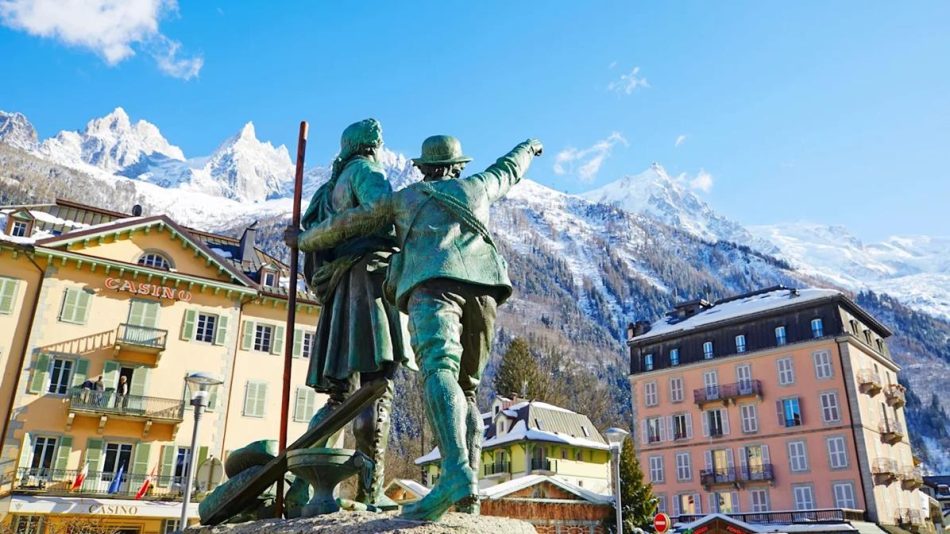
International Olympic Committee
02 February 2024 – Next week marks the 100th anniversary of the Closing Ceremony of the first Olympic Winter Games Chamonix 1924. We celebrate the occasion by looking at the impact the event had on its host city and region.
Until 1924, Chamonix, a picturesque town in the heart of the French Alps, was primarily known to climbers and mountaineers attempting the ascent of Mont Blanc and exploring the surrounding mountains during the summer.

The first-ever Olympic Winter Games, which unfolded in the shadow of Europe’s tallest peak, injected new life into the town. They transformed it into a world-renowned, year-round destination that today welcomes over eight million overnight visitors each year, spread equally between the winter and summer seasons.
The Games did more than just introduce Chamonix to international tourism; they propelled the town into the realm of hosting major sporting events and ignited a global passion for winter sports.

“Chamonix seized the opportunities brought by the first-ever Olympic Winter Games, unveiling its breathtaking nature and mountain landscapes,” said Etienne Grillot, Mountains and Events Director, Chamonix-Mont-Blanc Municipality. “It placed itself firmly on the sports world map and injected fervour for winter sports around the entire world.”
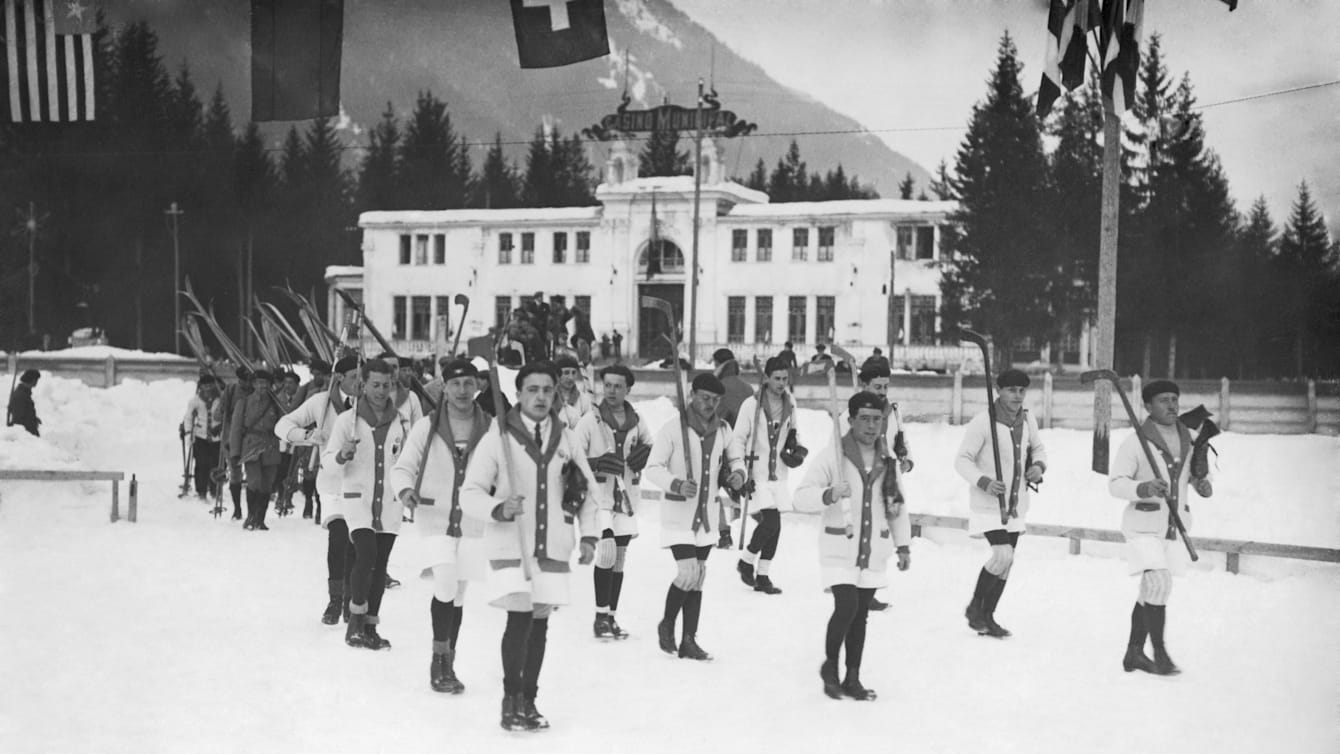
“Some 258 athletes from 16 nations came together, competing in 16 events spanning 9 disciplines: bobsleigh, cross-country skiing, curling, figure skating, ice hockey, military patrol, Nordic combined, ski jumping and speed skating.
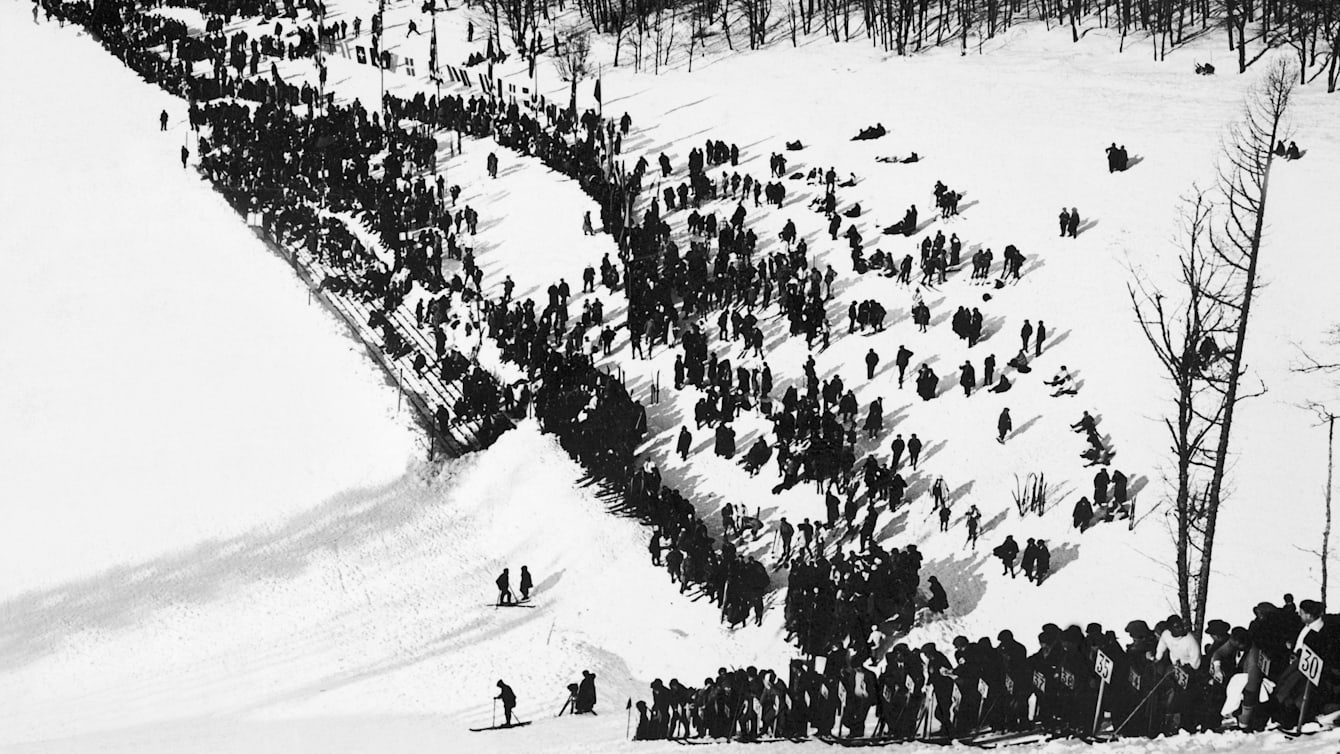
The Scandinavian countries and Norwegians claimed most of the victories, with Thorleif Haug etching his name in history as the first-ever triple Olympic champion, triumphing in three Nordic skiing events.
Austria’s Herma Planck-Szabo mesmerised the public as she clinched the first-ever gold medal in women’s figure skating, confirming her dominance in the sport at the time.

Ten thousand spectators and 200 journalists who gathered at the first Olympic Winter Games Chamonix 1924 watched with amazement the physically intense competition, particularly evident in the fierce battle of the ice hockey tournament’s final showdown between the United States and Canada. Back then, players had no protective gear like helmets or shin guards.
Lasting impact
Apart from cherished memories, the Olympic Winter Games created a lasting impact too.
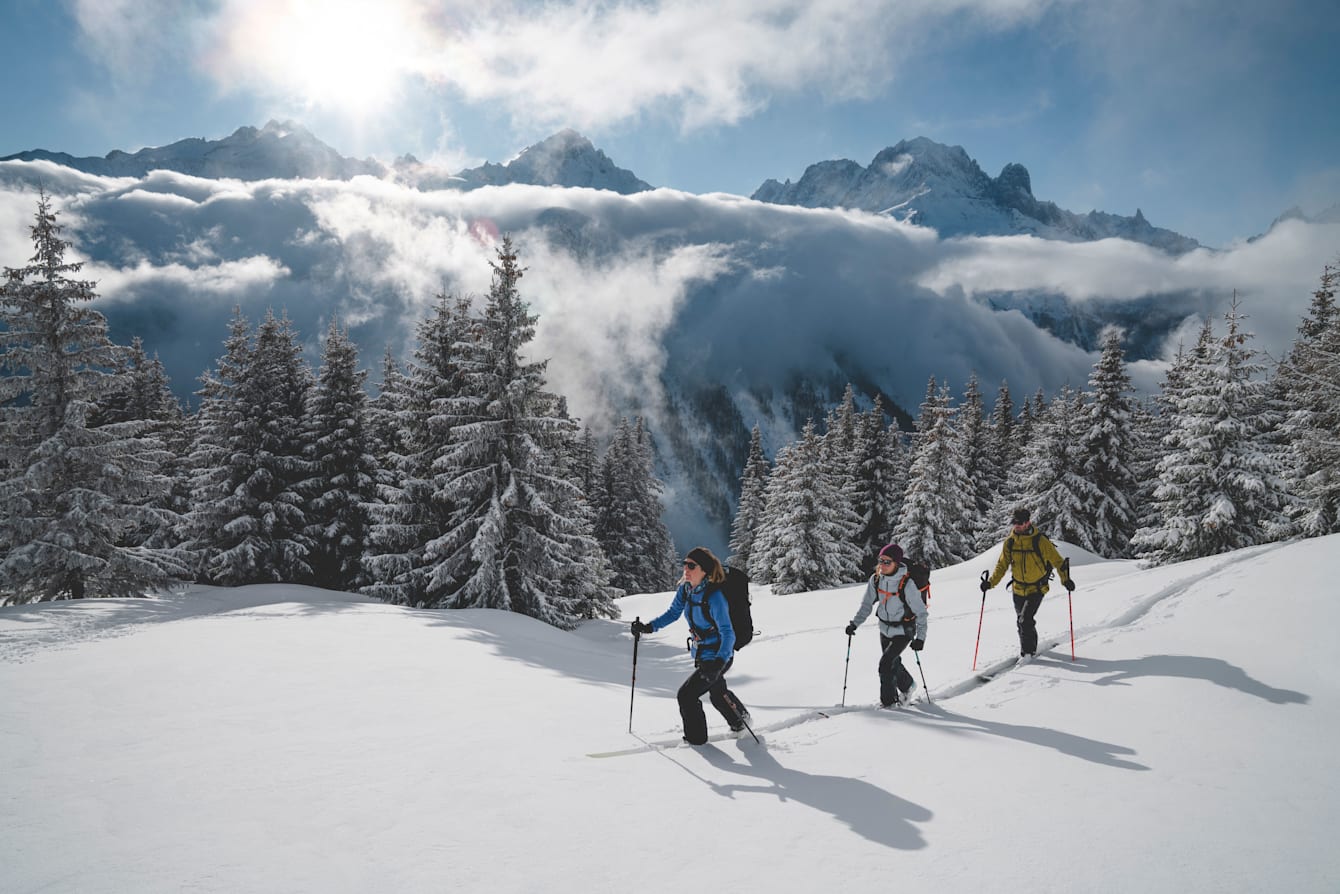
The economic dividends of hosting the Games were substantial, significantly boosting the tourism industry and contributing to Chamonix’s growth as a premier winter sports destination. Eighty-nine per cent of the permanent venues from all the Olympic Winter Games editions between Chamonix 1924 and PyeongChang 2018 are still in active use today. Among them are Chamonix’s own Le Mont ski jumping ramp at the Glacier des Bossons and the Stade Olympique de Chamonix, which hosted various sports events, as well as the Opening and Closing Ceremonies.
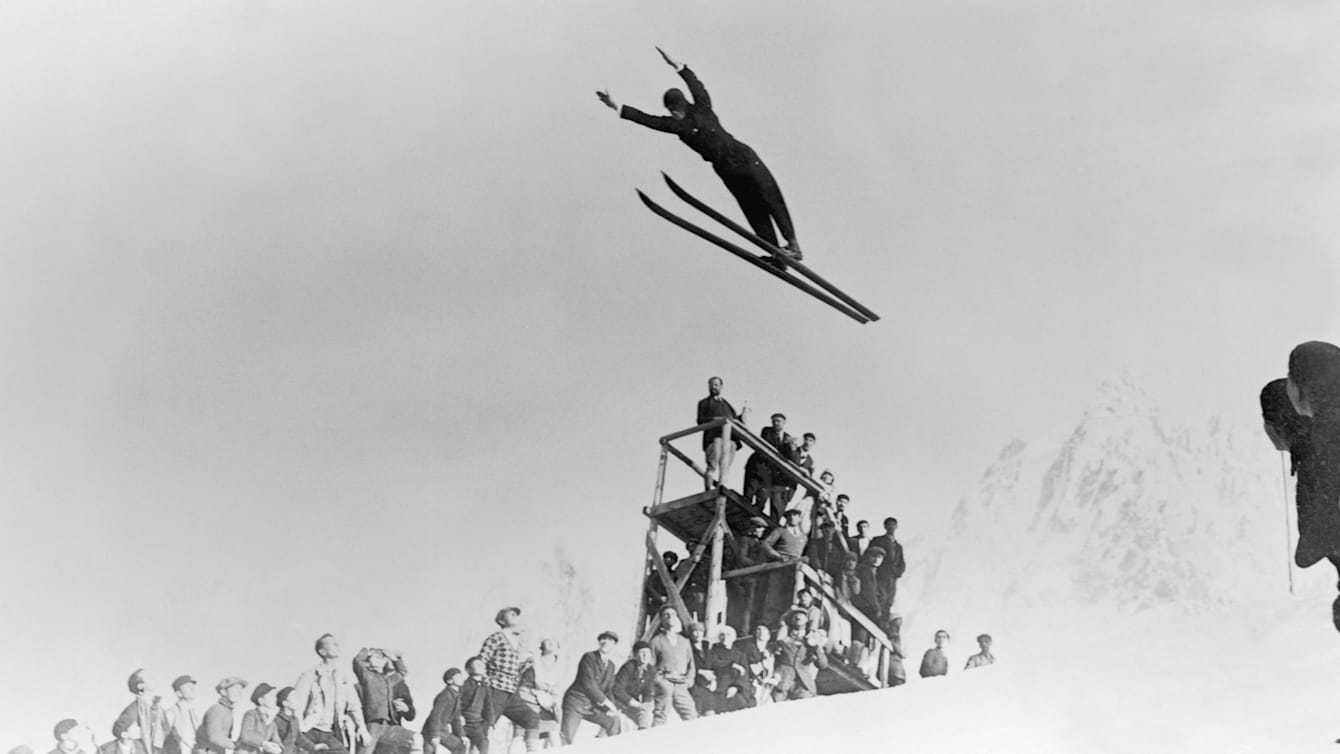
Meanwhile, sports have become a way of living. The Chamonix Sports Club has over 4,000 members – a figure that represents almost half of Chamonix’s population – practising 25 sports. Since 1924, at least one Chamoniard has participated in every edition of the Olympic Winter Games. A photo exhibition presenting them was unveiled a few weeks ago in the heart of the city, and will later be transferred to the Olympic Stadium, which will undergo major upgrades in the coming years. Thanks to these investments, Chamonix hopes to continue welcoming top French and international athletes for year-round training.
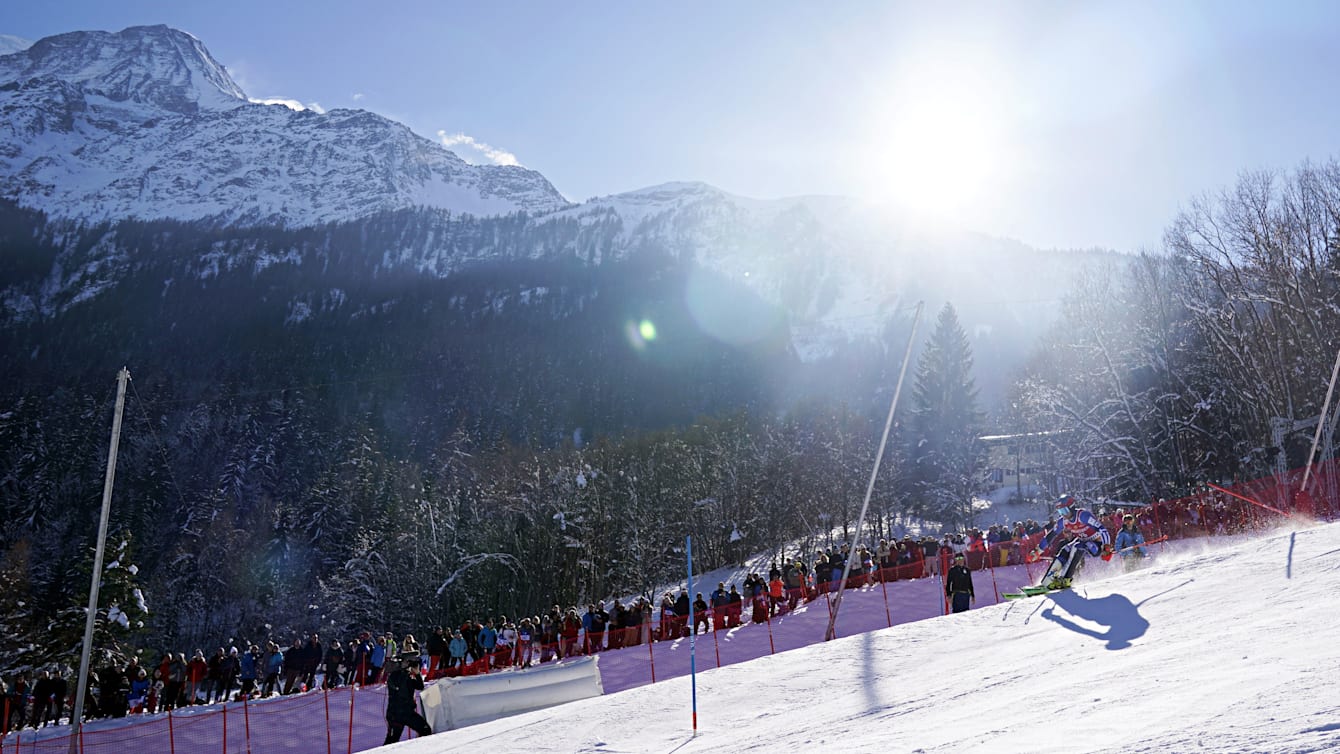
Shaping the future of winter sport
The legacy of Chamonix 1924 extends far beyond the physical venues and medals. The Games highlighted Chamonix’s talent for “welcoming the world” and its expertise in organising international events, such as the Alpine Ski World Cup, Sport Climbing World Cup, and famous trail running events. The town relies on an exceptional volunteer community, with hundreds of Chamoniards dedicating their free time throughout the year to organise events, coach young people, and manage sections of the Club des Sports.
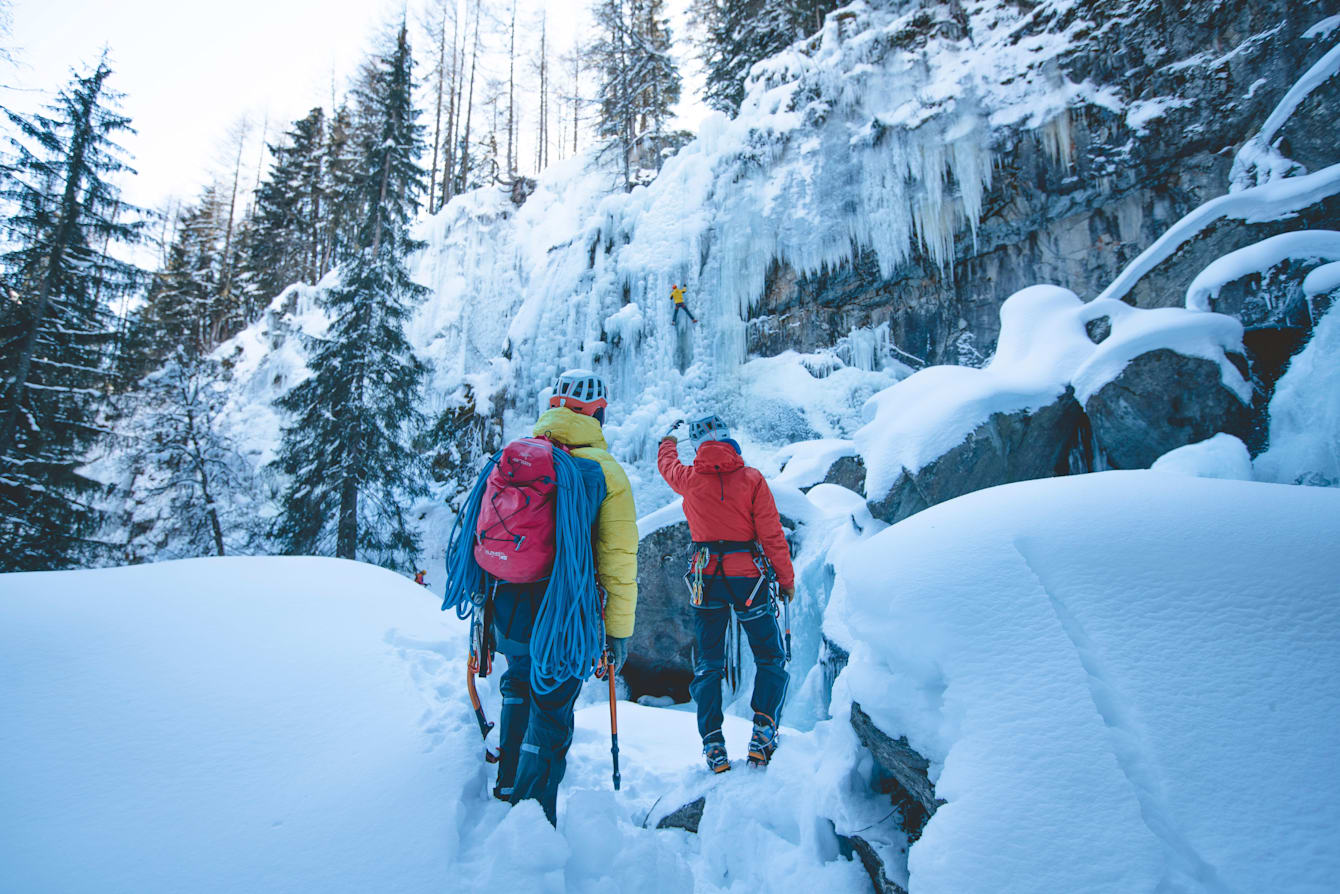
Adapting to a changing climate
While celebrating its Olympic heritage, Chamonix-Mont-Blanc also grapples with the effects of global warming. Rising temperatures have had a visible impact on the town’s daily life and its landscapes. The town has been actively working with local and international partners to combat climate change. Efforts include promoting renewable energy production, energy-efficient building renovation, improving green mobility through enhanced public transport and biking infrastructure, and raising public awareness about the need to protect the environment. Chamonix also serves as a crucial scientific hub for studying climate change in high-altitude regions and glaciers.
“Chamonix’s initiatives are not just a legacy of the past, but also a firm commitment to secure a sustainable future for winter sport, for generations to come,” said Tania Braga.





